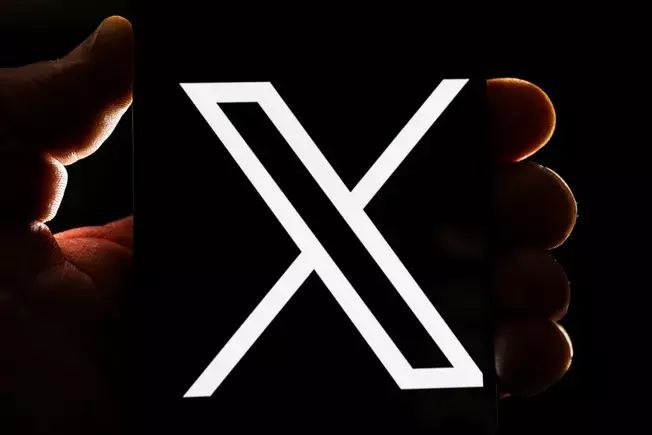In a striking move that is likely to create ripples across its user base, the social media platform X, previously known as Twitter, is heading towards the removal of the block feature that has long been a central tool for protecting users from harassment and undesirable interactions. This decision comes in the wake of platform owner Elon Musk’s personal experience with being one of the most blocked individuals on the platform, leading to speculation about his motivations and the possible implications for user safety and privacy.
The Background of the Decision
Elon Musk’s perspective on blocking appears to shape X’s upcoming changes. He has voiced concerns about “giant block lists” that users employ, which he argues undermine the app’s functionality. By aiming to limit the effectiveness of these block features, Musk suggests that blocking is futile because individuals seeking to circumvent such restrictions can simply create alternative accounts to access restricted content. While it’s true that this phenomenon exists, Musk’s reasoning does not adequately address the diverse and critical ways users rely on the blocking function for safeguarding their online experiences.
A recent announcement from the engineering team at X stated: “Soon we’ll be launching a change to how the block function works. If your posts are set to public, accounts you have blocked will be able to view them, but they will not be able to engage (like, reply, repost, etc.).” This policy implies that blocked users will retain visibility into public posts, indicating a significant alteration in how users manage their interactions and privacy on the platform.
Rethinking User Privacy and Safety
The rationale provided by X offers a double-edged sword. On one hand, the ability for blocked users to monitor conversations or content that concerns them could offer a degree of greater transparency, particularly in situations where behavior might be abusive or harmful. However, this perspective marginalizes the fundamental purpose of blocking: creating a personal boundary that prevents unwanted intrusion into one’s online space.
The announcement has ignited a wave of criticism, as many users who have employed the block feature as a first line of defense against harassment might feel increasingly vulnerable. It is crucial to recognize that harassment does not always manifest through mass trolling or overt threats; subtle, ongoing hostility can occur in seemingly benign interactions. For individuals dealing with bullying or harassment, the blocking feature has offered solace, allowing them to control who has the privilege to see their content.
Additionally, while the possibility exists for individuals to report abusive behaviors, it places an unfair burden on the victim to monitor and manage such interactions. The choice to block is a protective measure used to alleviate stress, not an invitation for further scrutiny or engagement from those who have been deemed harmful or distressing.
Interestingly, X does offer an alternative with its “Protected Posts” feature, where users can limit content visibility to approved followers. However, this adds another layer of complexity and effort to a system that once allowed for more straightforward boundary-setting. Users must now actively manage friend requests and potentially engage with people they may prefer to avoid altogether.
Moreover, the broader implications of these changes signal an intent to reinforce engagement metrics by encouraging more content consumption, especially from those users who might be on the fringes of mainstream discourse. By diluting the effects of blocks, X appears to be aiming for increased visibility for those users who are often blocked, potentially skewing the platform’s content landscape further to the right, as some users have claimed.
As X prepares to implement this contentious shift, it raises significant questions about its compliance with user expectations and industry standards. Social media platforms are traditionally required to provide blocking functionalities as a safeguard for user safety. The decision to move in this direction, despite the backlash, hints at a strategy intended to boost engagement and profitability, perhaps at the risk of alienating segments of its user base.
For many, Twitter was a refuge for sharing ideas without the burden of unwanted interaction. With Musk’s viewpoint shifting the landscape towards a more transparent but arguably more exposed way of interacting, the potential fallout could lead to a diminishing trust in the platform.
While the new policy under discussion may yield some operational benefits for X, it undermines the essential tenets of user autonomy and safety in a digital world rife with challenges. The ramifications of these changes must be closely monitored, as they may shape the user experience on X in ways that extend well beyond the digital realm and into the social lives of millions.


Leave a Reply